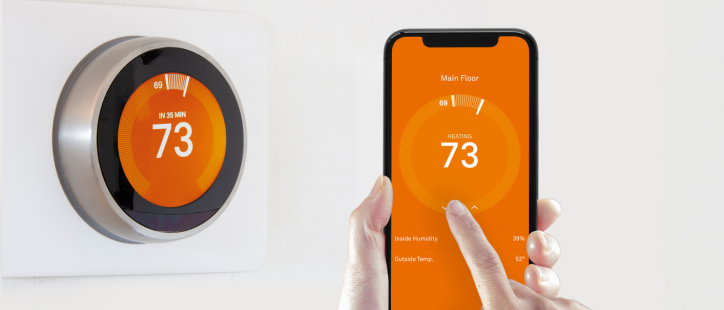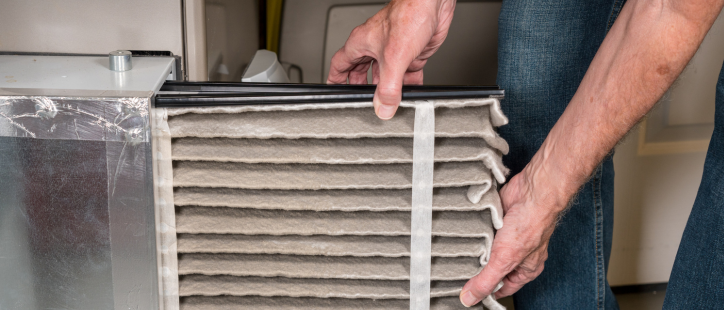Air vents are essential components of your home’s HVAC system, responsible for distributing heated or cooled air throughout your home. While they may seem like simple fixtures, air vents play a crucial role in maintaining indoor comfort and air quality. But do you ever need to replace them? In this blog post, the heating and cooling experts at Maffei Services explore the factors that may indicate it’s time to replace the air vents in your home and provide tips on how to keep them in optimal condition.
Signs You Might Need to Replace Your Air Vents
- Visible Damage: Over time, air vents can become worn, damaged, or discolored due to regular use and exposure to dust, dirt, and moisture. Cracks, chips, or rust spots on the vents are signs of wear and tear that may warrant replacement.
- Poor Airflow: If you notice reduced airflow or uneven heating and cooling in certain rooms of your home, it could be due to blocked or damaged air vents. Dust, debris, or obstructions inside the vents can restrict airflow and affect the performance of your HVAC system.
- Unpleasant Odors: Foul odors emanating from the air vents could indicate mold or mildew growth inside the ductwork. Mold and mildew thrive in dark, damp environments and can pose health risks to occupants. If cleaning the vents doesn’t eliminate the odor, it may be time to replace them.
- Increased Energy Bills: Leaky or inefficient air vents can contribute to energy loss and higher utility bills. If your HVAC system is working harder than usual to maintain a comfortable temperature, it could be due to air leaks or poor insulation around the vents.
- Outdated Design: Older homes may have outdated or inefficient air vent designs that are not conducive to modern HVAC systems. Upgrading to newer, more efficient vent designs can improve airflow, energy efficiency, and indoor comfort.
Tips for Maintaining
- Regular Cleaning: Regularly clean your air vents to remove dust, dirt, and debris that can accumulate over time. Use a vacuum cleaner with a brush attachment or a damp cloth to wipe away any buildup on the vent covers and grilles.
- Inspect for Damage: Periodically inspect your air vents for signs of damage or wear and tear. Look for cracks, chips, rust, or discoloration that may indicate the need for replacement. If you notice any issues, address them promptly to prevent further damage.
- Seal Air Leaks: Seal any gaps or cracks around the edges of the air vents to prevent air leaks and improve energy efficiency. Use weatherstripping or caulk to seal gaps between the vent covers and the walls or ceilings.
- Upgrade as Needed: If your home’s air vents are outdated or inefficient, consider upgrading to newer, more efficient vent designs. Look for vents with adjustable louvers, dampers, or airflow controls that allow you to customize airflow and improve indoor comfort.
- Schedule Professional Inspection: Consider scheduling a professional inspection of your HVAC system and ductwork to identify any issues with your air vents or ducts. The qualified HVAC technicians at Maffei Services can assess the condition of your vents and recommend any necessary repairs or replacements.
In conclusion, while air vents may not need frequent replacement, there are circumstances where it may be necessary to replace them to ensure optimal performance and indoor comfort. By monitoring for signs of damage, maintaining cleanliness, and addressing any issues promptly, you can keep your air vents in excellent condition and prolong the lifespan of your HVAC system. If you’re unsure whether your air vents need replacement, consult with Maffei Services’ qualified HVAC professionals for personalized advice and recommendations.



